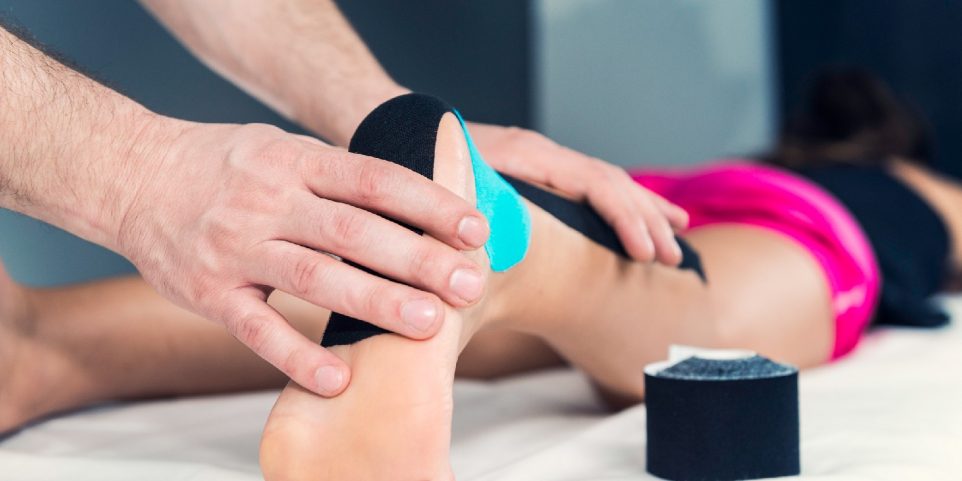Tips and Home Remedies for Athlete’s Foot

Dealing with athlete’s foot can feel like a never-ending battle. Trust me, I’ve been there. From the constant itch to the unsightly peeling, it’s enough to drive anyone mad. But after years of dealing with it and trying everything under the sun, I’ve finally found relief and I’m excited to share these tips with you.
What Exactly Is Athlete’s Foot?
Athlete’s foot, medically known as tinea pedis, is more than just an irritation—it’s a widespread fungal infection that predominantly affects the skin on the feet, particularly between the toes. Despite its name, you don’t have to be an athlete to contract this nuisance. The condition is caused by the dermatophyte fungus, which thrives in warm, moist environments. This makes enclosed shoes, sweaty socks, and public showers prime territories for this fungus to grow.
According to a study, dermatophytes are not just surface-level irritants. They invade the stratum corneum, the outermost layer of the skin, to live off keratin, a protein that is abundant in our skin, hair, and nails. This keratin consumption leads to the scaly rash and discomfort associated with athlete’s foot.
This infection is incredibly common, affecting millions of people each year, affecting about 15 to 25% of people at any given time. The fungus is highly contagious, easily spread by contact with infected skin flakes or through contact with contaminated surfaces, like towels, floors, and shoes.
Athlete’s foot typically presents a variety of symptoms, including:
- Itching, stinging, and burning sensations between the toes or on the soles of the feet
- Itchy blisters
- Cracking and peeling skin, especially between the toes and on the soles of the feet
- Dry skin on the soles or sides of the feet
- Discolored, thick, and crumbly toenails (if the fungus spreads to the nails)
Trustworthy Insights for You
With years of combined expertise in online publishing, OvertimeReviews embodies the lessons learned from SEO strategies to paid advertising experiences. We've navigated the highs and lows, and our goal remains clear: to equip readers with comprehensive information they can trust.
